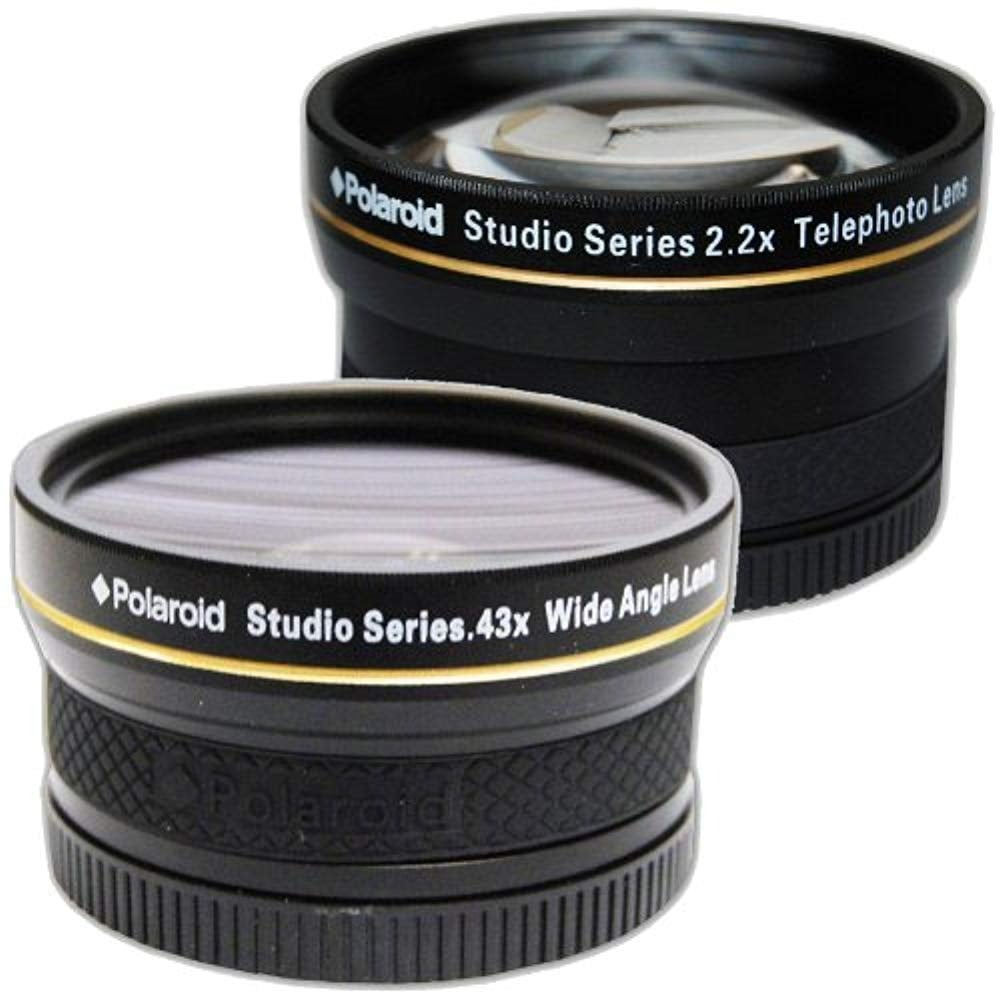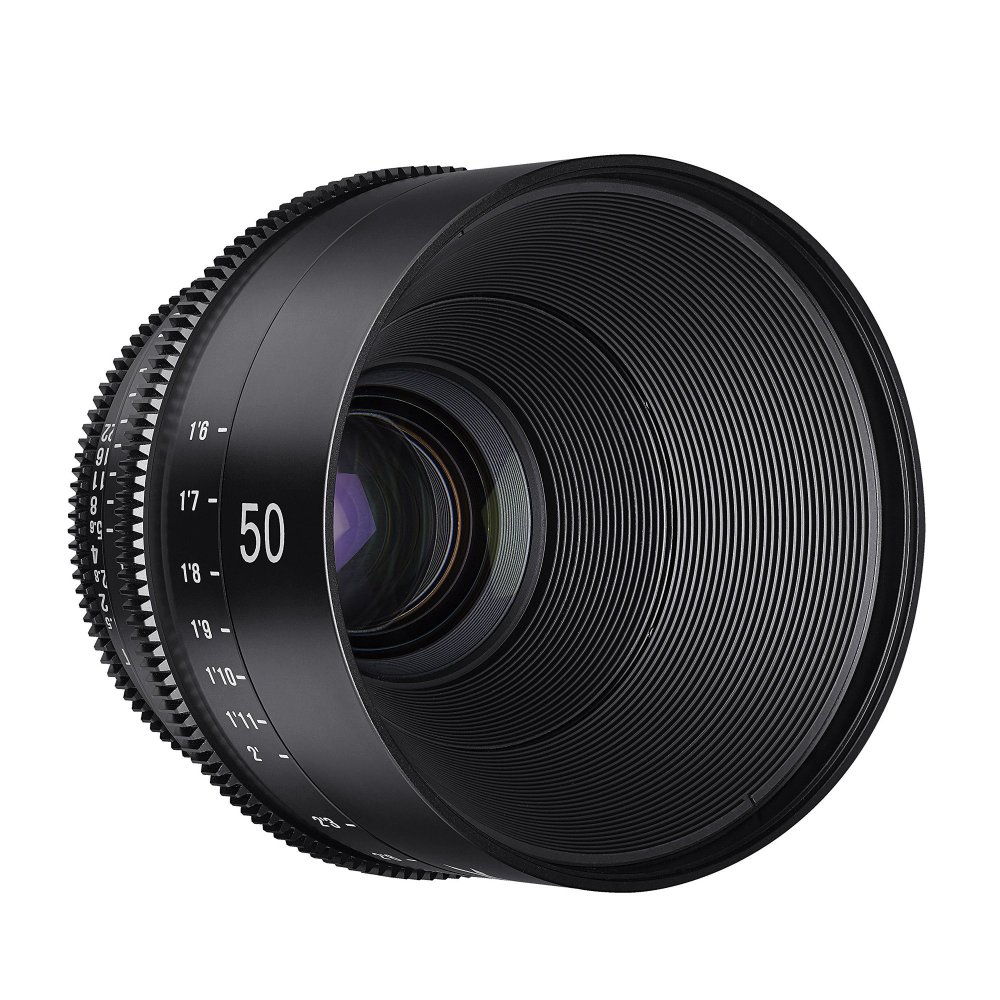What is a Camera Polarizer Lens?
A camera polarizer lens is a tool that photographers use to manage light. It filters light waves that come in certain directions. This lens can make skies look more blue. It also cuts down glare from surfaces like water or glass. When attached to a camera lens, it reduces reflections and boosts color saturation. This helps photos to look crisper. The lens has a rotating outer ring. By turning this ring, photographers adjust the level of polarization. The effect is most visible at certain angles to the sun. Good use of a polarizer lens can transform an ordinary shot into a stunning image.
The value of a polarizer lens comes from its ability to block polarized light. This means light that vibrates in a single direction. It’s unlike natural light, which vibrates in all directions. When light reflects off certain surfaces, it becomes polarized. This is what causes the glare that can ruin pictures. The polarizer lens filters this type of light. This is why your camera captures better textures and colors. Use this lens to control reflections and enhance the natural beauty in your scenes. It is vital for photographers who want to get the most from their shots.
Remember to use this lens wisely. It can darken a photo if used at the wrong angle or in low light conditions. But with practice, using a camera polarizer lens can greatly improve your photography.

The Science Behind Polarization
Understanding the science of polarization is key to using a camera polarizer lens properly. Polarization happens when light waves oscillate mainly in one plane. In the natural world, light waves travel in multiple directions. When these waves hit certain surfaces, like water or glass, they start to vibrate in a similar direction. This is the polarized light we often see as glare.
Polarizer lenses have special filters. These filters manage polarized light. They block it, so it does not hit the camera’s sensor. By doing this, the lens removes unwanted reflections. It also enriches colors and improves contrast in images. For photographers aiming to capture the world’s richness, understanding polarization is a must. It’s the science that helps turn a good photo into a great one by controlling light efficiently.
Types of Polarizer Lenses
Photographers have two main types of polarizer lenses to choose from. Each type has its unique advantages based on the situation and the camera used.
Circular Polarizer (CPL) Lenses
Circular Polarizer Lenses suit most modern cameras. They work with autofocus and auto-exposure functions. CPL lenses reduce glare and improve color depth. They fit well for landscapes and outdoor photography where reflections are common. CPL lenses are user-friendly. They make it easy to see changes in real time as you turn the filter.
Linear Polarizer Lenses
Linear Polarizer Lenses are the other option. They are less common in today’s photography. These lenses do not work well with modern autofocus or metering systems. However, they are more affordable. Linear polarizers are better for manual focus cameras or when a photographer wants to control exposure manually. When shooting through glass or water, these lenses can be very effective. They require a bit more skill to use effectively.
Choosing between a CPL and a linear polarizer lens depends on your camera and needs. Both types are valuable tools for controlling light and reflections. They enhance the natural beauty of a photo. With practice, they can help create striking images with vivid colors and contrasts.
How to Use a Polarizer Lens Effectively
To use a camera polarizer lens well, follow these steps. First, attach the lens to your camera. Take a moment to look at your scene. Next, rotate the outer ring of the polarizer lens. Watch the effect on the viewfinder or LCD screen. Look for changes in the sky’s blue or in the water’s glare. Aim to find the right angle to the sun. This is usually 90 degrees for the best polarization effect.
Here’s a step-by-step guide for effective use:
- Attach the Lens: Ensure the polarizer lens is properly fixed to the camera lens.
- Check the Light: See how light hits the subject. Decide what to filter out.
- Rotate the Ring: Slowly turn the polarizer’s ring while looking through the camera.
- Observe Changes: Notice how reflections are reduced and colors become deeper.
- Adjust Angle: Move your position if needed to enhance polarization effects.
- Take Your Shot: Once satisfied with the preview, capture your image.
Remember not to overuse the polarizer. When skies are overcast, or in low light, the effect is less. In these cases, remove the lens to let more natural light reach the sensor. Also, keep an eye on the exposure. A polarizer lens can reduce light passing through. Adjust the camera’s settings to avoid dark photos. With practice, you will learn to balance these elements for stunning results.

Benefits of Using a Polarizer Lens in Photography
There are several key benefits when using a camera polarizer lens for your photography:
- Enhanced Color Saturation: A polarizer lens deepens colors, making them pop in your photos.
- Improved Contrast: By reducing glare, these lenses help increase the contrast between skies and clouds.
- Reflection Control: Take photos through water or glass without the distracting glare.
- Clearer Skies: Get crisp, blue skies instead of washed-out or overexposed shots.
- Better Texture Perception: Enhance the textures in your image, making them more pronounced.
- Eye Comfort: Reduce the strain in bright environments, for more comfortable shooting.
Using a camera polarizer lens effectively raises your photography to new levels of clarity and vibrance. The saturated colors and balanced contrasts it brings out can turn simple scenes into remarkable photographs. Whether capturing the ripples on a lake or the lush green of a forest, the polarizer lens is an indispensable tool for photographers. It lets you show the world as you see it, with all its color and detail.
It’s important not only to know the perks but also to learn how to maximize them. Practice aligns the theoretical benefits with real-world results. The polarizer can make a vast difference, but it requires a skilled hand to bring out the best in every shot. Remember, while these lenses enhance photography, they do not replace the need for a good eye and solid technique. So, use them as part of your photographic toolkit to enhance what’s already there.
Common Pitfalls to Avoid When Using Polarizer Lenses
While a camera polarizer lens can elevate your photography, certain missteps can hinder its effectiveness. Below, we discuss several common pitfalls that photographers should avoid to make the most of their polarizer lenses.
- Over-Polarizing: Be careful not to overdo it. Too much polarization can make the sky look unnaturally dark and might unevenly affect the photo.
- Wrong Angles: Polarizers work best at a 90-degree angle to the sun. Using them at the wrong angle can result in little to no effect.
- Forgetting to Adjust Exposure: Since polarizers reduce light, you may need to adjust your exposure. Neglecting this can lead to underexposed images.
- Ignoring the Viewfinder: Always check your composition through the viewfinder or LCD when rotating the polarizer. It helps to avoid unwanted dark spots or inconsistent coloration.
- Misusing in Low Light: In dim conditions, a polarizer can block too much light. It’s best to remove it to prevent overly dark photos.
- Neglecting Lens Care: Fingerprints and dust on the polarizer lens can affect image quality. Clean your lens regularly to ensure sharp, clear photos.
By steering clear of these pitfalls and using your camera polarizer lens wisely, you will be able to capture truly stunning images with enriched colors, controlled reflections, and improved contrasts.

Essential Tips for Mastering Polarizer Lens Usage
To master the use of a camera polarizer lens, consider these crucial tips:
- Understand Your Environment: Before attaching the polarizer, analyze the scene. Know where the sun is and how light reflects off surfaces.
- Practice Rotating: Spend time learning how rotating the lens affects your image. Look for the sweet spot where the effect is strongest.
- Use a Tripod: For stable and precise adjustments, use a tripod. This helps when you’re carefully rotating the lens to get the desired effect.
- Calibrate Exposure Settings: Remember that a polarizer reduces light. Compensate by adjusting your camera’s exposure settings accordingly.
- Inspect the Lens: Before and after shooting, check the lens for dirt or smudges. Keep it clean to maintain image quality.
- Experiment with Angles: Don’t just stay in one spot. Move around and change your angles to see how the polarization changes with your movements.
- Balance the Effect: Strive for natural-looking images. Avoid over-polarizing which may lead to unnatural color saturation and dark skies.
By adhering to these tips and regularly practicing, you’ll refine your technique. Use a camera polarizer lens to its full potential and enhance your photographic portfolio with vivid and dynamic images.
The Impact of Polarizer Lenses on Different Photography Genres
A camera polarizer lens can dramatically change the outcome of photos across various photography genres. The effect of these lenses can be quite distinct, depending on the specific type of photography you are engaged in. Here’s a brief look at how a polarizer lens can enhance different genres:
- Landscape Photography: This is where polarizer lenses shine the most. They can boost the color of the sky and foliage. They also reduce reflections on water, making rivers and lakes more transparent.
- Wildlife Photography: For outdoor wildlife shots, a polarizer helps in reducing reflections on animal fur or skin. It allows for capturing more detailed and vivid textures.
- Sports and Action Photography: While shooting fast-moving subjects, a polarizer lens can help in minimizing glare. This might be especially helpful when photographing water sports or activities that feature reflective surfaces.
- Architectural Photography: For urban scenes, a polarizer can decrease reflections from windows and enhance the contrast of buildings against the sky. It’s ideal for capturing clearer images of structures.
- Portrait Photography: When shooting outdoors, a polarizer can help in managing unwanted reflections on the skin and can make the background richer, providing a nice contrast with the subject.
- Travel Photography: Travel photos often encompass a mix of genres. A polarizer lens can help whether you’re capturing the vibrant blue of an ocean, the lush green of a rainforest, or the bustling streets of a city.
Remember, no matter the genre, practicing with a camera polarizer lens is key. It will help you understand the best angles and how to adjust settings for different environments. A polarizer lens is not just a tool for enhancement but also a means to expand your creative options in photography. Use it wisely to bring out the best in your work across any genre.